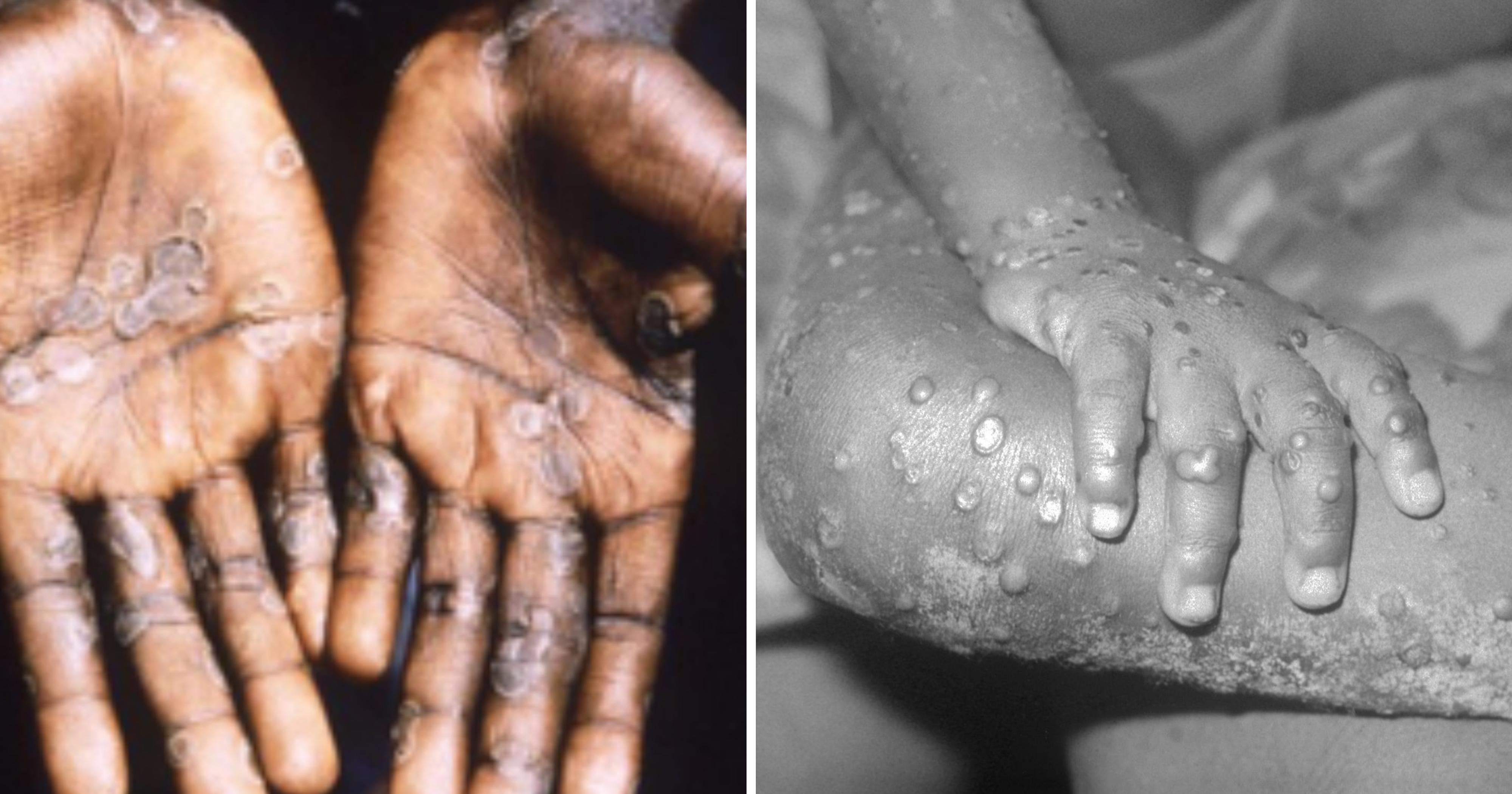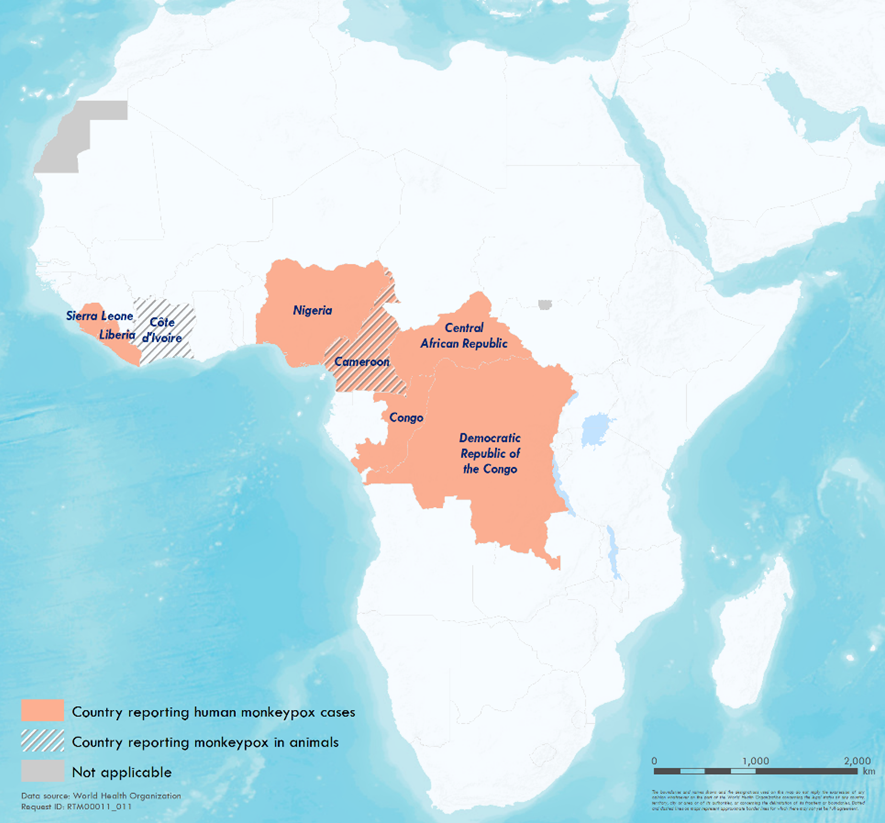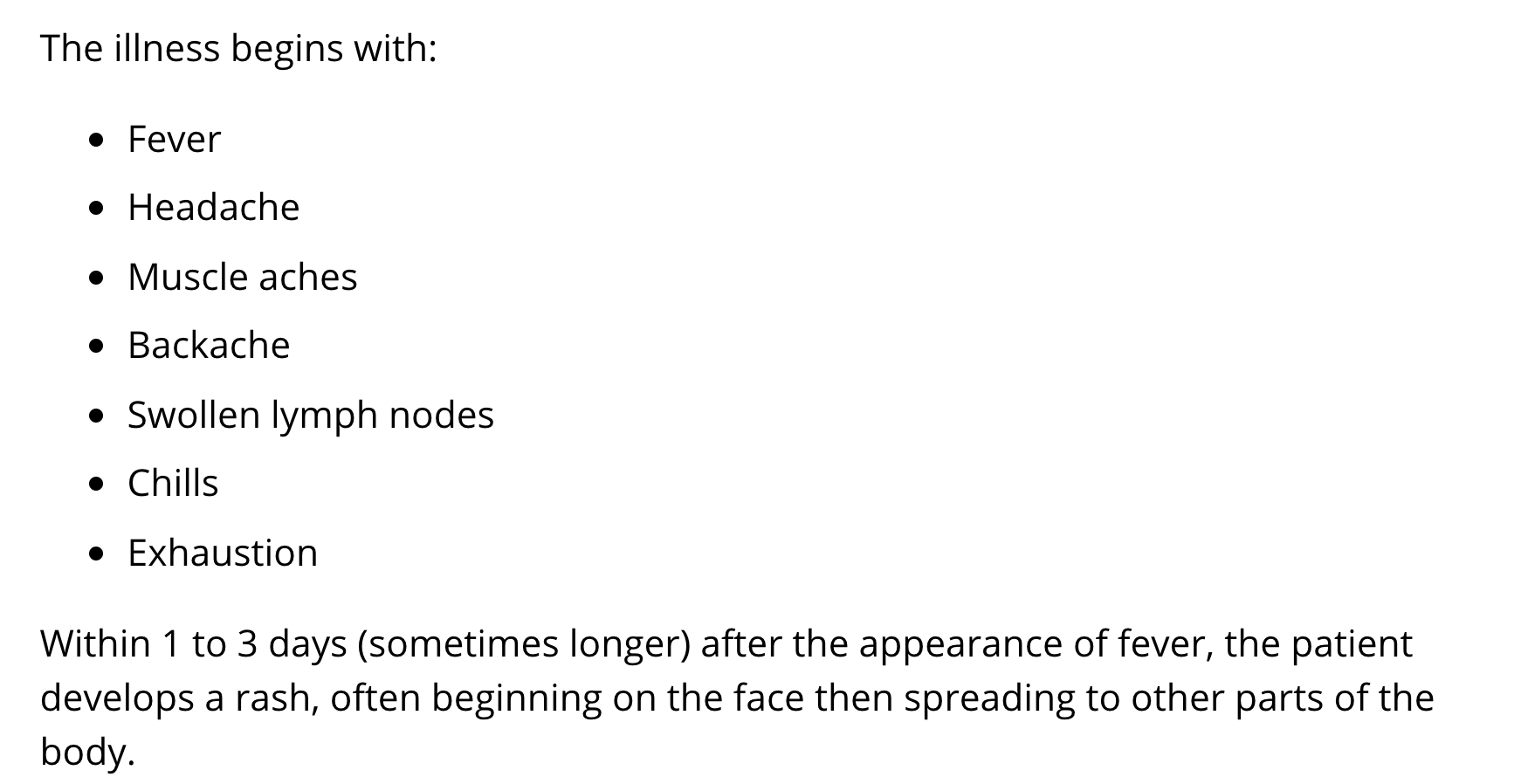The Ministry of Health (MOH) confirmed on May 9, 2019 that there is currently one imported case of monkeypox in Singapore.
The patient with monkeypox arrived alone in Singapore on April 28, 2019 for a workshop.
He developed a fever, muscle ache, chills and skin rash on April 30, but had remained mostly in his room at Hotel 81 in Geylang for the next seven days.
He was conveyed to Tan Tock Seng Hospital on May 7, and referred to the National Centre for Infectious Diseases (NCID) on the same day.
There, he was diagnosed with the very rare monkeypox.
Close contact with man
A total of 23 persons have been identified as having close contact with the patient.
These included 18 participants and trainers who attended the same workshop, a staff at the workshop venue, and four hotel staff in Geylang.
One participant left Singapore by the time the patient was diagnosed.
He remains well, with no symptoms, but MOH has informed the public health authority in his home country.
The patient is currently still in an isolation ward at NCID.
His condition is stable.
So what is it?
So, what exactly is monkeypox?
According to the World Health Organisation, it is an orthopoxvirus.
One of the more deadly type of orthopoxvirus -- or at least it used to be -- is smallpox, which monkeypox has quite similar symptoms to.
Smallpox has been more or less been considered eradicated since 1980, but monkeypox is a very real issue in some Central and Western African villages.
Other types of orthopoxvirus usually involves a template form of (animal name) pox, for example, horsepox, raccoonpox, and buffalopox.
This gives a good idea as to how the disease spreads in the first place.
The virus is caused by frequent contact with infected animals.
According to MOH, probable causes include:
"Transmission of monkeypox principally occurs when a person comes into close contact with infected animals (typically rodents) through the hunting and consumption of bush meat."
In fact, that is apparently how the patient from Nigeria got the disease in the first place.
"The patient reported that prior to his arrival in Singapore, he had attended a wedding in Nigeria, where he may have consumed bush meat, which could be a source of transmission of monkeypox virus."
Symptoms
Here are the symptoms associated with monkeypox according to MOH:
"Infected persons would typically experience fever, headache, muscle ache, backache, swollen lymph nodes and skin rash. The disease is usually self-limiting, with most patients recovering within two to three weeks.
In some cases, however, the virus can cause serious complications such as pneumonia, sepsis, encephalitis (brain inflammation) and eye infection with ensuing loss of vision.
There have been reported mortality rates of 1 percent to 10 percent during outbreaks, with most deaths occurring in younger age groups."
The skin rash usually appears one to three days after the onset of fever, and will usually initially start at the face, and spread to different parts of the body, mostly, the hands and soles of the feet.
America's Centers for Disease Control and Prevention (CDC) have basically the same checklist for monkeypox symptoms as well.
CDC also noted that in America, one in 10 persons who contract the disease dies.
According to WHO, from September 2017 to 2018, there were 115 confirmed cases with seven deaths recorded.
How serious is it?
While it is not impossible that there can be human to human transmission, it is for the most part quite limited.
In fact, according to WHO, "there is no evidence, to date, that person-to-person transmission alone can sustain monkeypox infections in the human population".
When it does though, this is how it usually spreads:
"Transmission typically occurs from close contact with the respiratory tract secretions or skin lesions of an infected person, or objects recently contaminated by an infected person’s fluids or lesion materials."
As such, the 23 people who have come into close contact with him will be quarantined for 21 days from the date of exposure to the patient.
MOH also gave some advice to travellers to areas affected by monkeypox:
"MOH would like to advise travellers to areas affected by monkeypox in Central and Western Africa to take precautions, including:
Maintain a high standard of personal hygiene, including frequent hand washing after going to the toilet, or when hands are soiled.
Avoid direct contact with skin lesions of infected living or dead persons or animals, as well as objects that may have become contaminated with infectious fluids, such as soiled clothing or linens (e.g. bedding or towels) used by an infected person.
Avoid contact with wild animals, and consumption of bush meat.
Returning travellers from areas affected by monkeypox should seek immediate medical attention if they develop any disease symptoms (e.g. sudden onset of high fever, swollen lymph nodes and rash) within three weeks of their return.
They should inform their doctor of their recent travel history."
Image collated from Wikipedia
If you like what you read, follow us on Facebook, Instagram, Twitter and Telegram to get the latest updates.


